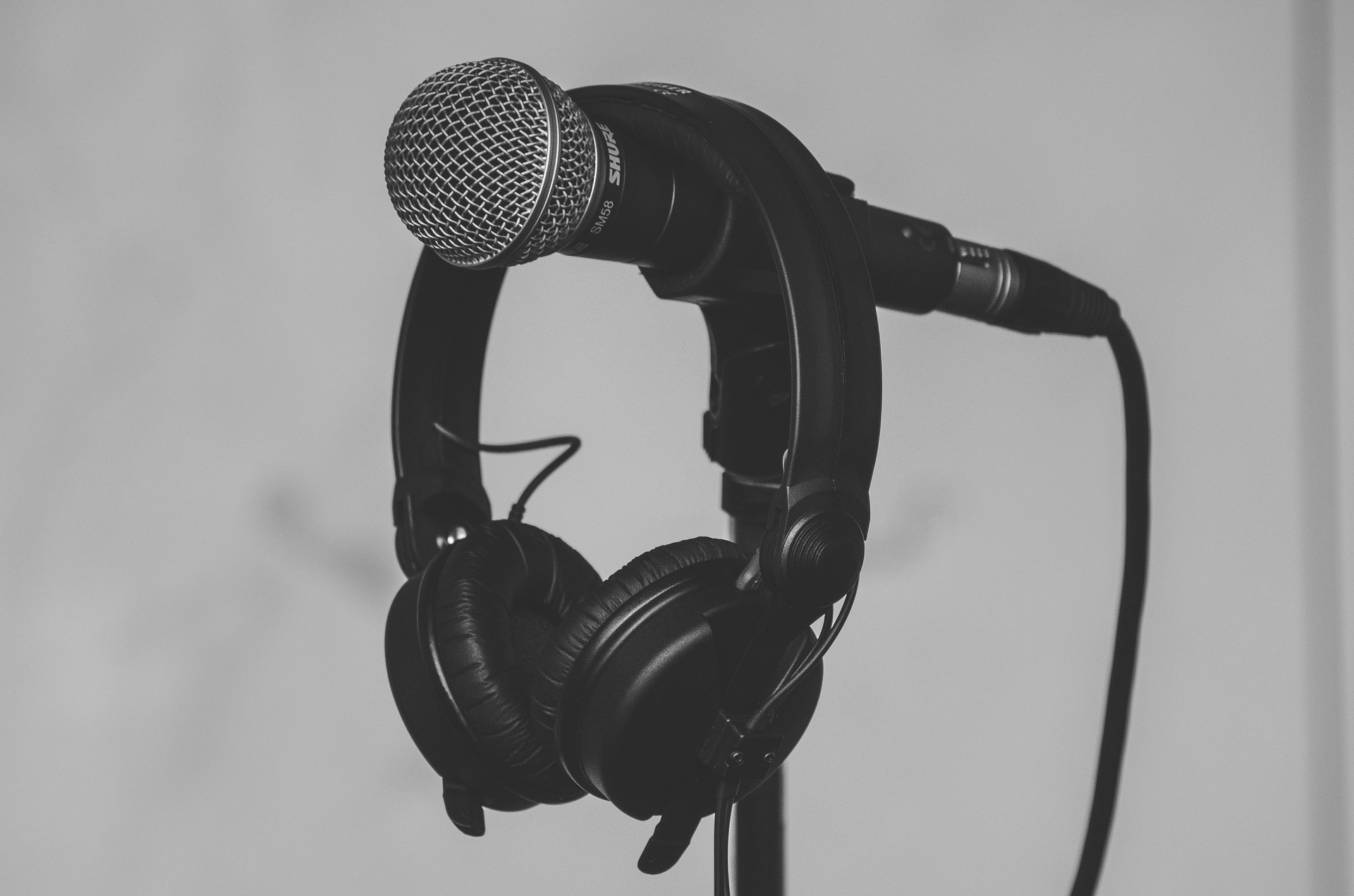This week we read with interest that transcribing “illegible” exam scripts has cost university students £30,938 since 2013, representing an average cost of £144.57 per student. This article refers to the quality of transcribing hand-written documents, but it got us thinking about just how important quality is to us here at FSTL, not just in the work that we produce but the quality of the sound file we receive in order to be able to do it.
Our transcription work comes to us in a number of ways. In many cases we attend the event ourselves – whether that be a roundtable discussion, conference, hearing or any of the other types of events we provide transcripts for – and we use our own equipment for the recording. We find that the quality of the recording when we are in attendance tends to be much higher, largely because we have invested in the right equipment to guarantee high quality and we have the experience to know where to place it to best capture the sound.
But we do also receive recordings from clients directly, and sometimes the quality can be less than perfect. Why is this so important?
When a recording is of poor quality, it can inevitably slow the whole transcription process down as the transcriber attempts to decipher what is being said and may have to replay the recording multiple times to make sense of words or phrases that they’ve missed when listening the first time around. The quality can be affected by a number of factors:
- Use of equipment that isn’t specialised for purpose. We’ve encountered many occasions where a client has thought that simply placing a smartphone on the table will deliver an acceptable recording!
- Distance from the equipment. The further the speaker is away from the microphone the quieter the recording level will be. And when there are multiple speakers involved, things can become even more confused or unclear.
- Background noise. This can be anything from shuffling papers to people mumbling, noise within the room from air conditioning or fans or even noise from outside the room from traffic or construction.
So if you are providing your own recording from which you would like to have a transcript written, our top tips are:
- Carefully consider the room set up. Think about who the main speakers will be and ensure you locate the recording equipment as close to them as possible, or at least in the centre of them all.
- Run a quick test before everyone arrives. This is really important! You’ll be able to identify any problems and deal with them before the real event begins. And you won’t have the opportunity to record a live event twice!!
- Remind everyone at the outset of the meeting that you’re recording. This just helps them to understand that there are certain behaviours that will help ensure the quality is good enough. Highlight that rustling papers, talking over each other but also talking too quietly will affect the recording. You can ask them to speak clearly and if they’re close to the microphone, to avoid breathing into it.
- Ask everyone to state their name at the outset. This is important if there are multiple speakers as it helps the transcriber identify the different voices so they can attribute what was said to the correct person.
For even more tips on how to get the best recording for your meeting, visit our “How to record a meeting” blog.
If you’re unsure of how to get the best results, speak to the FSTL team. We can not only offer our expert advice but we can undertake the recording on your behalf, which really will produce the very best results.

